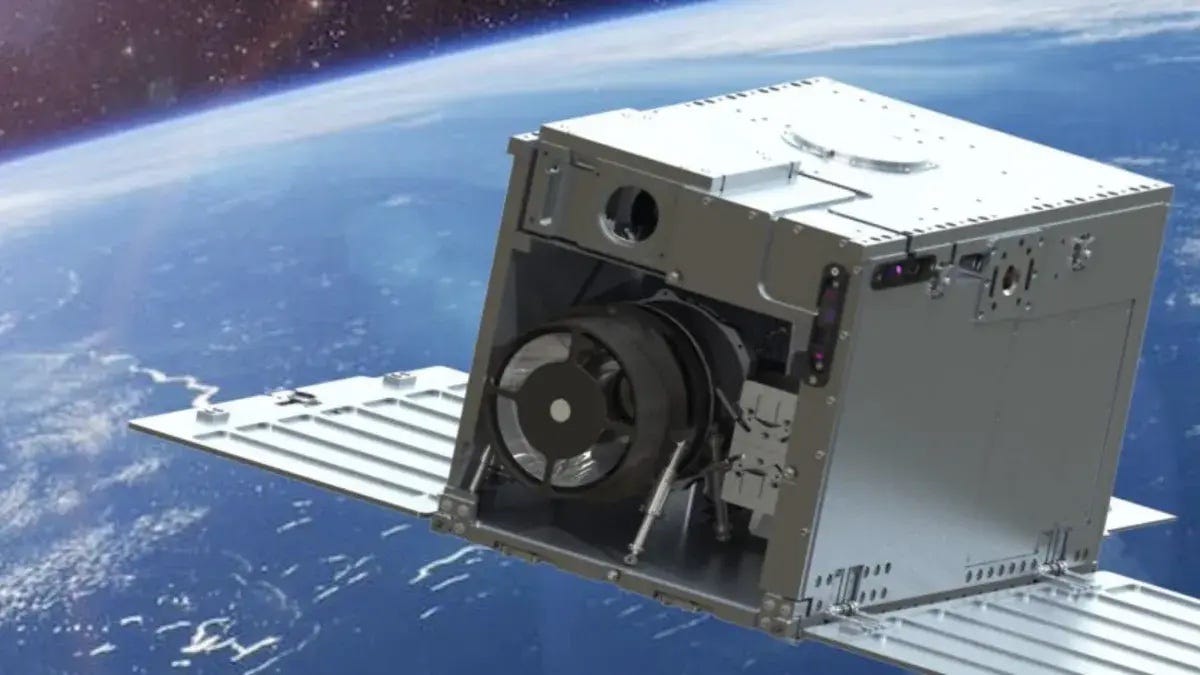
For more than a year, the largest space-based telescope ever built has been observing the far ends of the cosmos with unprecedented detail. The Webb Space Telescope could soon get a little extra help in the form of a miniature satellite the size of a toaster oven and equipped with extremely powerful vision.
NASA recently selected the Monitoring Activity from Nearby sTars with uv Imaging and Spectroscopy (MANTIS) to assist Webb by observing the skies in the full range of ultraviolet light. The cubesat, which cost $8.5 million, is currently being built at the University of Colorado Boulder’s Laboratory for Atmospheric and Space Physics (LASP) and is scheduled to launch in 2026.
The Webb telescope primarily observes the cosmos in infrared light, which can’t be seen by the human eye as it contains wavelengths longer than those of visible light. Ultraviolet light, on the other hand, has wavelengths shorter than those of visible light. “We proposed MANTIS as a kind of ultraviolet sidekick that will follow JWST and look wherever it’s looking, filling in this important piece of context on the stellar environments in which these planets live,” Kevin France, an associate professor at LASP and scientist on the MANTIS team, said in a statement by the University of Colorado Boulder.
MANTIS, named after the aggressive shrimp that can see beyond the light spectrum visible to humans, will explore the atmosphere of exoplanets by observing the powerful radiation emitted by stars. Stars often emit highly energetic flares in the form of radiation called extreme ultraviolet (EUV) light, an event that could be detrimental to planets orbiting them.
“We want to understand how this flux of UV light coming from stars affects the atmospheres of planets and even their habitability,” Briana Indahl, a research scientist at LASP and principal investigator for the MANTIS mission, said in the statement.
With its full-range ultraviolet observations, MANTIS will explore the conditions that make star systems either habitable or not so welcoming to life. “When those emissions hit the top of a planet’s atmosphere, it will expand and some of it may escape into space,” David Wilson, who leads the mission’s science team, said in the statement. “If you have a high EUV flux, that planet’s atmosphere may be quickly eroded away.”
The last satellite to observe this kind of light was NASA’s Extreme Ultraviolet Explorer spacecraft, which operated from 1992 to 2001. “For a lot of stars, this is going to be the first time we’ve seen what they look like in extreme ultraviolet,” Wilson added.
For more spaceflight in your life, follow us on Twitter and bookmark Gizmodo’s dedicated Spaceflight page.





